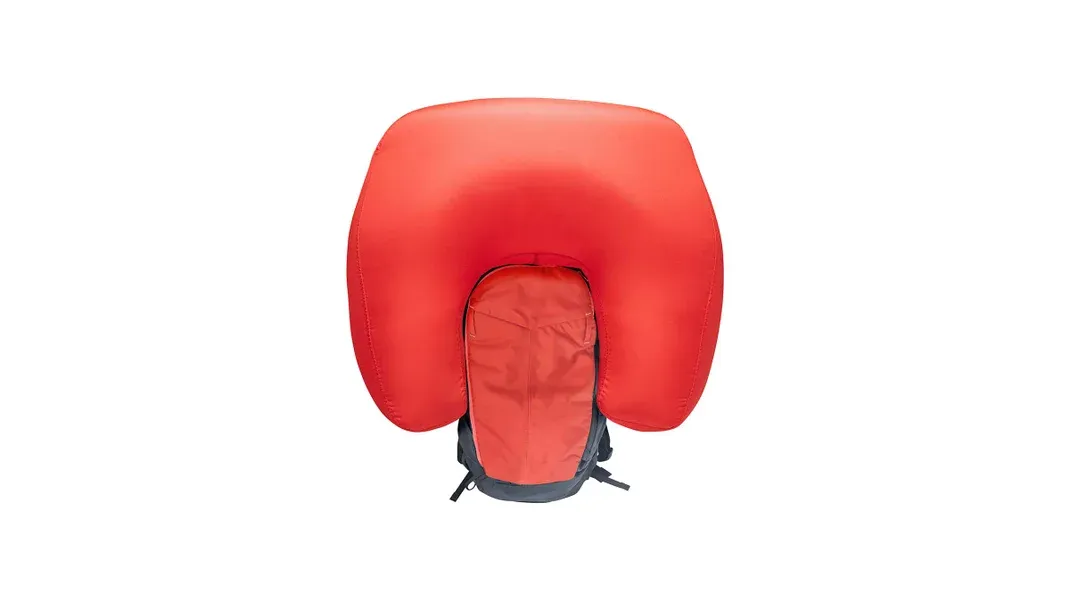Should You Ski With an Avalanche Airbag?
Skiing with an avalanche airbag is a personal decision that should be based on a variety of factors. Avalanche airbags are designed to help skiers survive an avalanche by keeping them on the surface of the snow and reducing the risk of burial. However, they are not a guarantee of safety and should not be seen as a substitute for proper avalanche awareness, education, and decision-making. Skiers should also consider the terrain, weather conditions, and the likelihood of encountering avalanches before deciding whether to use an avalanche airbag. Ultimately, it is important for skiers to be well-prepared and informed before heading into avalanche-prone areas.

Should You Ski With an Avalanche Airbag?
Skiing and snowboarding in the backcountry can be an exhilarating and fulfilling experience. However, it also comes with its fair share of risks, with one of the most prominent being the threat of avalanches. With the increasing popularity of backcountry skiing and snowboarding, avalanche safety has become a hot topic among outdoor enthusiasts. In recent years, avalanche airbags have emerged as a potentially life-saving tool for those venturing into avalanche-prone terrain.
Avalanche airbags are designed to help individuals stay afloat on the surface of an avalanche, increasing their chances of survival. The airbag system consists of a backpack with an integrated airbag that can be deployed in the event of an avalanche. When triggered, the airbag rapidly inflates, creating a larger surface area and reducing the wearer's density, effectively helping them stay above the snow. This can prevent burial and increase the chances of being found by rescuers.
The question of whether or not to ski with an avalanche airbag is a complex one, with many factors to consider. While an airbag can potentially increase your chances of survival in an avalanche, it is not a foolproof solution and should not be seen as a substitute for proper avalanche safety training and decision-making. Before deciding to ski with an avalanche airbag, it is important to weigh the benefits and drawbacks and consider the specific conditions and terrain of your backcountry adventures.
One of the main benefits of skiing with an avalanche airbag is the added sense of security and peace of mind it can provide. Knowing that you have an additional safety measure in the event of an avalanche can boost confidence and allow you to focus on enjoying your skiing or snowboarding experience. For many backcountry enthusiasts, the potential lifesaving benefits of an avalanche airbag outweigh any potential drawbacks.
Another benefit of avalanche airbags is their potential to reduce the risk of burial in an avalanche. By keeping the wearer on the surface of the snow, the airbag can make it easier for rescuers to locate and dig out the individual, increasing their chances of survival. This added protection can be particularly valuable in high-risk avalanche terrain, where the consequences of being caught in an avalanche are potentially more severe.
However, it is important to note that avalanche airbags are not a guaranteed safety net. They do not eliminate the risk of being caught in an avalanche, and they do not guarantee survival. In some cases, the deployment of an airbag may not be effective, and burial can still occur. Additionally, wearing an avalanche airbag should not lead to complacency or a false sense of security. Proper avalanche safety training, including knowledge of snowpack assessment, route selection, and rescue techniques, is essential for anyone venturing into the backcountry, regardless of whether they are wearing an airbag.
There are also practical considerations to take into account when deciding whether to ski with an avalanche airbag. The cost of purchasing an airbag system can be a deterrent for some individuals, as they can be quite expensive. Additionally, the added weight and bulk of the backpack can be a drawback for those looking to minimize their gear load and travel light in the backcountry. However, for many, the potential benefits of added safety outweigh these practical concerns.
The decision of whether to ski with an avalanche airbag ultimately comes down to individual risk tolerance and personal preferences. Some backcountry skiers and snowboarders may feel that the added protection of an airbag is worth the investment and the extra weight, especially if they frequently venture into high-risk avalanche terrain. Others may feel confident in their avalanche safety skills and risk management and choose not to ski with an airbag.
It is important to remember that wearing an avalanche airbag should not replace proper avalanche safety practices. It is crucial to stay informed about current snowpack conditions, terrain hazards, and weather forecasts, and to make informed decisions about where and when to ski or snowboard. Additionally, practicing rescue techniques and carrying essential avalanche safety equipment, such as a beacon, shovel, and probe, are essential components of backcountry travel.
In conclusion, the decision of whether to ski with an avalanche airbag is a personal one that should be made after careful consideration of the potential benefits and drawbacks. While an airbag can provide an added layer of safety in the event of an avalanche, it is not a substitute for proper avalanche safety training and decision-making. Backcountry enthusiasts should prioritize education, preparation, and risk management when venturing into avalanche-prone terrain, and consider an avalanche airbag as one potential tool in their safety arsenal. Ultimately, the goal is to enjoy the backcountry safely and responsibly, and the decision to ski with an avalanche airbag should be made with that in mind.




